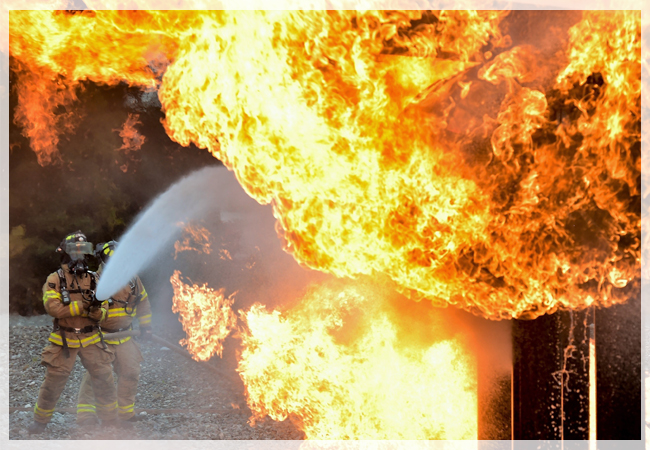Currency
October 29, 2017

Flame resistant
fabrics are made from materials that are inherently nonflammable - the materials have flame resistance built into their chemical structures. Fabrics made with these types of materials are designed to prevent the spread of fire and will not melt or drip when in close proximity to a flame. Because flame resistant fabrics are not usually made from 100% flame resistant materials, they will burn, but will do so very, very slowly and are often self-extinguishing.
Flame retardant
fabrics are chemically treated to be slow burning or self-extinguishing when exposed to an open flame. These fabrics can be made from any material, but they must be treated with special chemicals to qualify as flame retardant.

The biggest difference between flame resistant and flame retardant fabrics lies in how each is made.
Without a special chemical application, a fabric will not qualify as flame retardant. Similarly, without being made of certain nonflammable fibers, a fabric will not quality as fire resistant. hen shopping for fire-safe fabrics, more often than not you will come across flame retardant textiles. These are cheaper and easier to produce than flame resistant fabrics and are often made of treated polyester or cotton.National Fire Safety Standards
The National Fire Protection Agency developed a set of standards for determining the fire safety of a textile or fabric, known as NFPA 701: Standard Methods of Fire Tests for Flame Propagation of Textiles and Films. Although NFPA 701 itself is not a law, many local and state governments do require that textiles used in public spaces comply with it.
When exhibiting at trade shows and conventions, you are responsible for making sure nothing in your display can be a threat to the public. The flammability of the fabrics used in your exhibit is one of the most common safety concerns trade show organizers and exhibitors have. Actually, many trade show venues will require their vendors to use fabric that follows certain fire-safety standards. However, this is where it can get a little confusing for the exhibitor. For example, say your venue-supplied vendor guidelines state that all tablecloths and banners must be made of “flame retardant” fabric, but you’re pretty sure yours are “flame resistant.” Same thing, right? Actually, flame resistant and flame retardant are two different things. In this article, we’ll outline the difference between the two so you can be sure to follow guidelines and stay safe at your next trade show!









